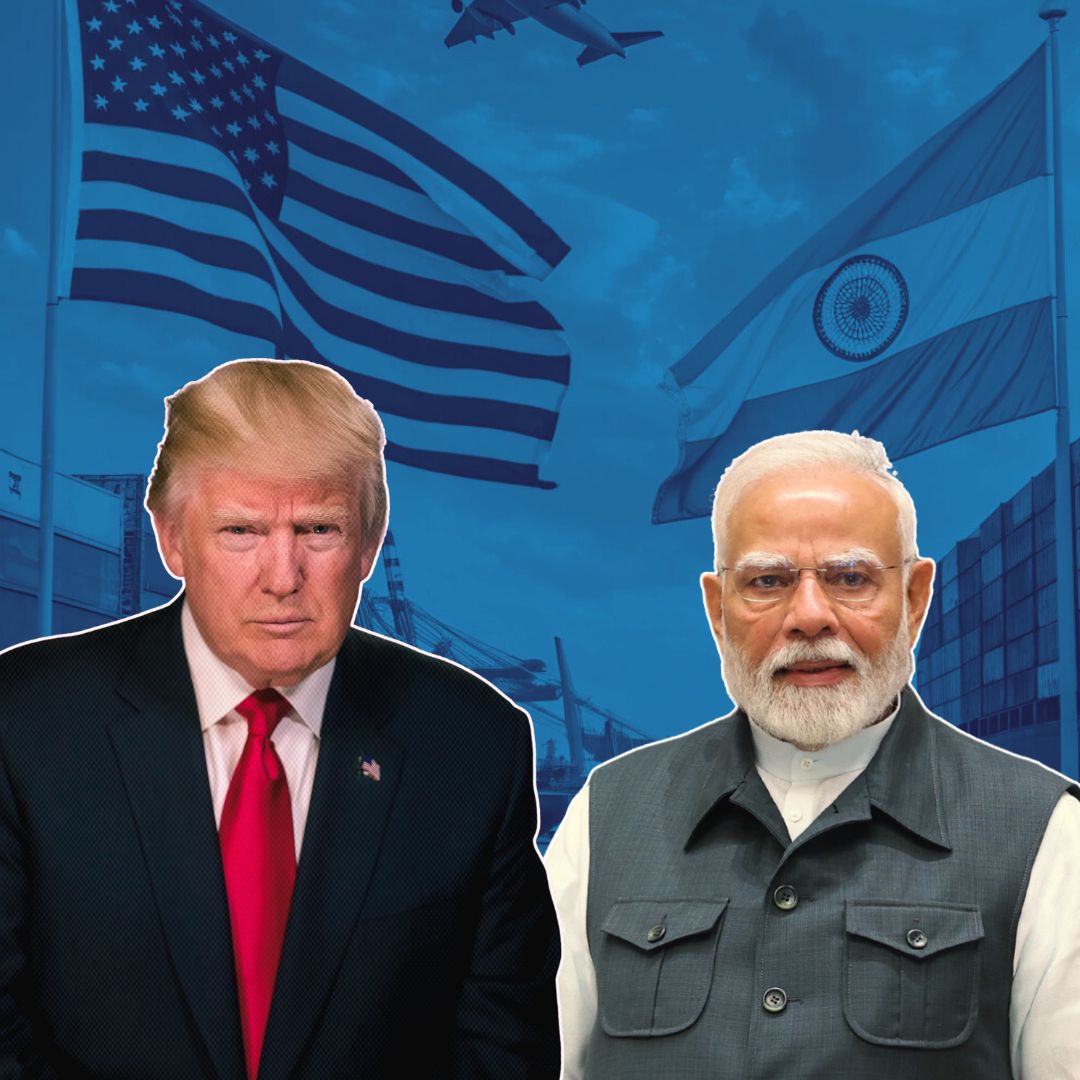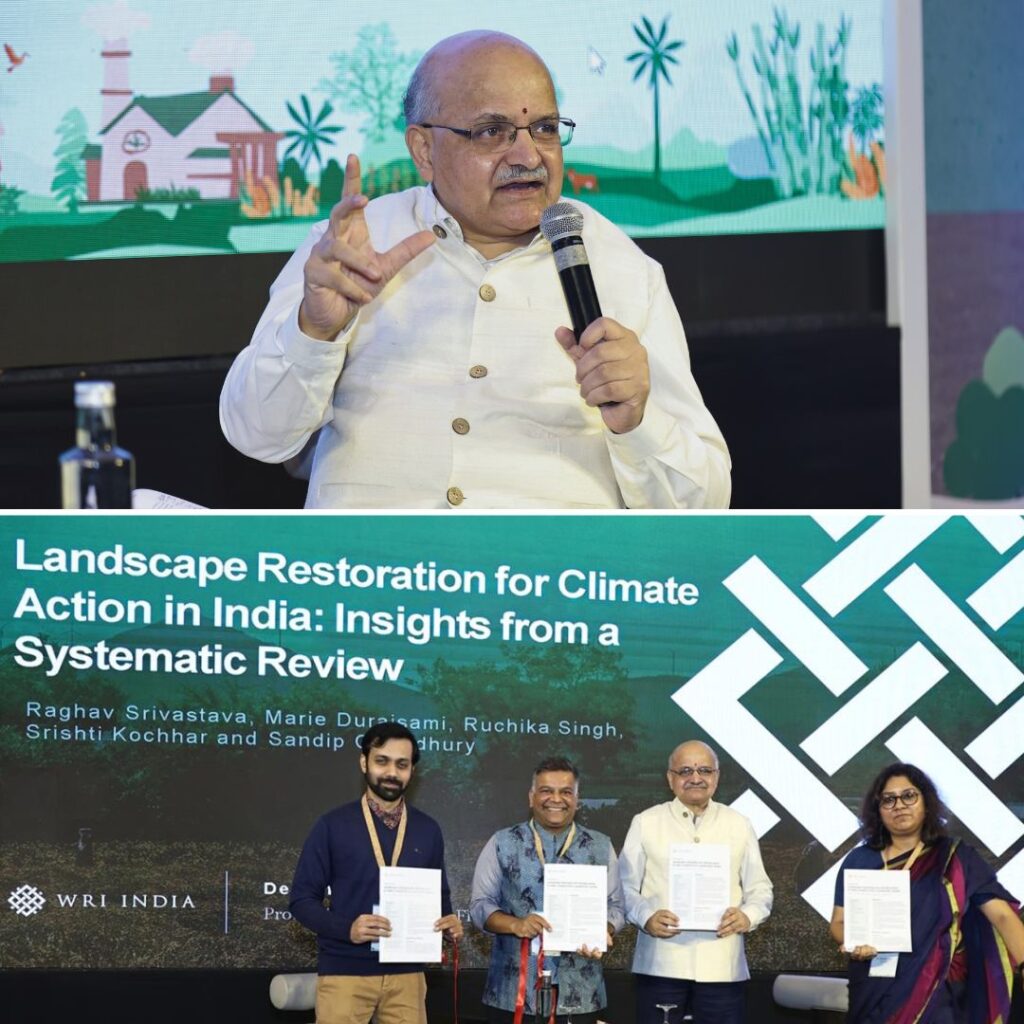On August 6, 2025, US President Donald Trump announced a sharp increase in tariffs on Indian goods from 25% to 50%, effective August 27. The move is framed as a penalty for India’s continued imports of Russian oil despite repeated US calls to halt such purchases amid the ongoing Russia-Ukraine conflict. The White House described this as a “national security measure” aimed at pressuring India’s energy policies.
The hike will affect approximately $86.5 billion worth of Indian exports annually, with nearly 55% of all exports to the US now exposed to these punitive duties. Exemptions have been granted for pharmaceuticals and electronics, but sectors such as textiles, apparel, gems and jewellery, leather goods, chemicals, steel, marine products, and furniture face the brunt of the impact. These additional costs will likely make Indian goods far less competitive in the US market.
Impact on Indian Economy and Stakeholders
Indian government officials have strongly condemned the increased tariffs, calling them “unjust, unfair, and extremely unfortunate.” The Ministry of External Affairs stressed that India’s oil imports are driven by market and energy security needs, dismissing claims of political alignment. Economic analysts project that India’s GDP growth could slow by 0.2 to 0.5 percentage points, with labour-intensive industries and SMEs in export-oriented hubs like Surat, Tiruppur, and Moradabad facing severe strain.
Exporters fear loss of market share to lower-tariff competitors such as Vietnam and Bangladesh. In the run-up to August 27, some companies are accelerating shipments to avoid steeper duties. Meanwhile, US retailers and supply chains are reassessing sourcing strategies, concerned about possible shortages and increased consumer prices.
Global and Geopolitical Reactions
The move marks an escalation in the Trump administration’s protectionist trade policies, placing India alongside Brazil as one of the most heavily tariffed US trade partners. This tariff hike builds on earlier increases introduced in April and June 2025, culminating in this steep penalty directly tied to Russian oil imports.
Globally, the reaction has been mixed but largely critical. BRICS nations have condemned the tariffs as “unilateral and coercive,” warning they undermine WTO principles and global trade stability. European Union officials have expressed concern over the precedent this sets for politicising trade relations. China, facing its own US trade pressures, has quietly signalled support for India’s call for fair treatment. Global investors and rating agencies, including Moody’s, have adjusted India’s growth outlook, citing uncertainties in bilateral trade relations.
Impact on Everyday Goods and Consumers
For American consumers, the tariffs mean potential price hikes on everyday products that rely on Indian imports. Clothing, textiles, leather goods, jewellery, and certain home décor items could see noticeable retail price increases. Indian handmade rugs, ethnic wear, and artisanal goods, often staples in niche US markets, may become premium-priced, reducing affordability.
On the Indian side, manufacturers may scale back production due to shrinking demand from the US, risking layoffs and wage cuts in already vulnerable industries. This ripple effect could hit small towns where entire communities depend on export-related employment.
The Logical Indian’s Perspective
The imposition of these tariffs goes beyond trade numbers—it tests the resilience of one of the world’s most important bilateral relationships. Punitive measures rooted in geopolitics risk harming livelihoods, disrupting supply chains, and eroding trust between nations. While the US frames this as a matter of national security, such unilateral actions strain the cooperative spirit essential to global economic stability.
The Logical Indian calls for open, empathetic, and constructive dialogue to resolve these disputes. The emphasis should be on mutual respect, economic fairness, and diplomacy, not coercion. As two of the world’s largest democracies, India and the US have much to gain from collaboration and much to lose from conflict.
What do you think? Can India and the US find a balanced path that safeguards national interests without damaging economic ties and consumer welfare on both sides? How should citizens and stakeholders push for peaceful, fair trade negotiations?
Statement by Official Spokesperson⬇️
— Randhir Jaiswal (@MEAIndia) August 4, 2025
🔗 https://t.co/O2hJTOZBby pic.twitter.com/RTQ2beJC0W











